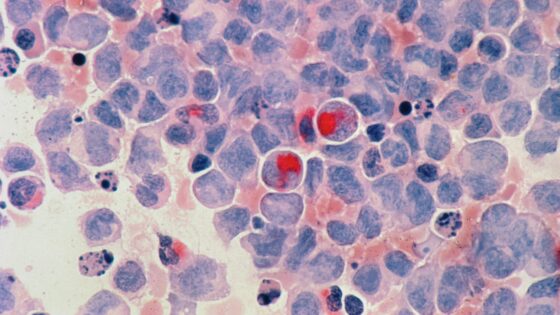Researchers have received some new insight into how parenting is wired into the animal brain.
While many frogs lay their eggs and head off to new adventures, poison dart frogs tend to stick around and baby their offspring. They have been known to clean and hydrate eggs laid on land while helping their newborns head into the water by way of piggyback.
Why is there one species of frog that does this, while the others couldn’t care less? A study of the brain of the poison dart frog revealed that two regions linked with caring for their young were the same, which provided some insight into how the brain actually determines how to parent.
Researchers looked at three poison dart frog parenting strategies. These strategies were: males taking care of the young, females taking care of the young, and both parents caring for their young.
The researchers collected 25 frogs and analyzed their brains while they were carrying around their young. This time was chosen so they could see the brain while it was still being influenced by the parental task. They also checked 59 brains of frogs that were not caring for their young as a control.
In the species of frog that took care of their young, researchers saw a region in their brain, the preoptic area, was lit up with activity while the frogs who didn’t care for their young showed no activity. Ergo, the preoptic area of the brain is linked to parental behavior across vertebrates.
Researchers still don’t know what drives these patterns but are fascinated that these systems acted the way that they did. Moving forward, researchers want to see if they can turn parental behaviors on and off.
































